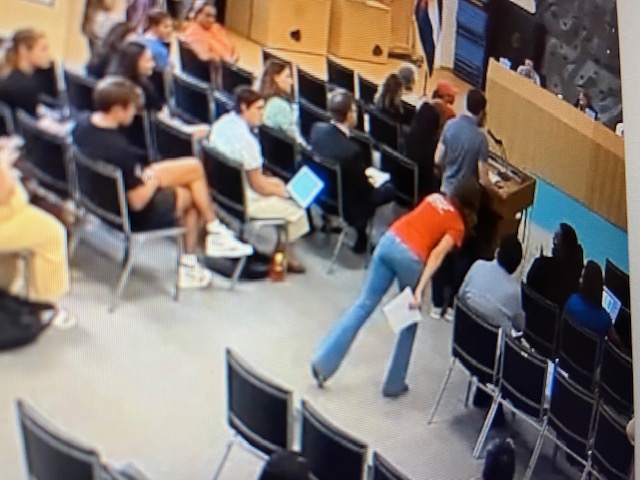Kindergarten through third grade students in Denver Public Schools have fallen significantly farther behind in their reading skills after more than a year of COVID-19 pandemic learning disruptions, according to district data shared with the school board this week.
The district tested students in grades K-3 for the past year, under a state law known as the Colorado READ Act, to determine how close they are to reading at grade level.
At a DPS board meeting on Monday, district officials summarized the results of those tests, and they painted a worrisome picture.
“For the first time, at least in the last five years, we have seen a large jump in the percentage of students reading significantly below grade level,” said Jessica Martin, the district’s executive director of assessment, reporting and data. “This is something I believe we should be pretty concerned about,” she said.
“It’s even harder to catch up a student who is several years behind, and in this particular year, that percentage is now about a third of our students.”
For the 2021-2022 school year DPS set goals for K-3 students: to make sure at least 58% of Black students, 64% of Hispanic students, 63% of multi language learning students and 68% of all students are reading “at or above” grade level.
But after the district’s state-law-required year of heightened teacher training and student testing, these are the results as of fall 2021: more than 60% of Black, Hispanic and multi language-learning students, 80% of students with disabilities and 52% of all students are reading “below or significantly below” grade level.
The reading tests are administered three times throughout the school year — fall, winter and spring. These results also show significant drops positive from the spring 2021 test results. For example, in the spring, 43% of Black students were reading at or above grade level. As of this fall that number’s fallen to 34%.
The percentage of K-3 DPS students reading “significantly below grade level” had remained steady between 21% and 23% in the past five years. This year, that number jumped up to 31%.
Third grade students do seem in better shape than younger students, with over half (53%) of DPS’s third graders reading at or above grade level. But that number was at 61% in 2019.
First grade students were hit hardest by the decrease in reading comprehension skills, and saw their “below or significantly below” grade level numbers climb from 48% in 2019 to 63% this fall.
One strategy the district plans to use to yield better results in coming years include training educators in “accelerated learning,” which they’ve described as teaching grade-level material to students who may be struggling and then backtracking for them as needed.
The district is also focusing on ensuring all teachers employ “science of reading” strategies, because, officials said, the science is now settled that teaching phonics is the most effective way to get young readers proficient.
DPS officials also said the district is “building toward” both a redesign of summer learning materials for elementary students and an expansion of summer programming for first and secondary students, including offering summer school to all rising 1st through 5th graders.
Brittany Miller, the district’s senior director of expanded academic learning, said DPS is expanding summer school in an effort “to really focus on ensuring that we have enough time and attention devoted to students in this really important area.”
Something else DPS administrators intend to employ going forward is a dyslexia screening, to help identify students with reading difficulty at earlier ages and subsequently support their academic achievement. The district is piloting the program this year in six elementary schools.
“Those who are furthest behind, especially in third grade, will truly be the hardest to catch up,” Martin said, “because the older they get, the less time they have with direct instruction that’s focused on foundational skills.”




